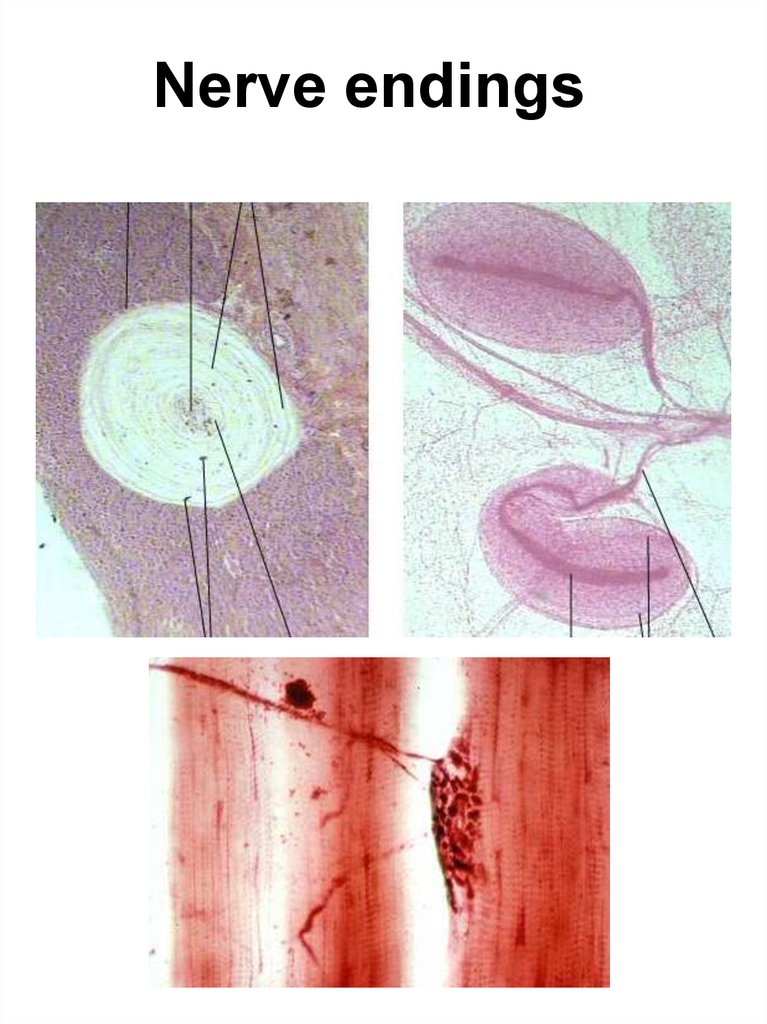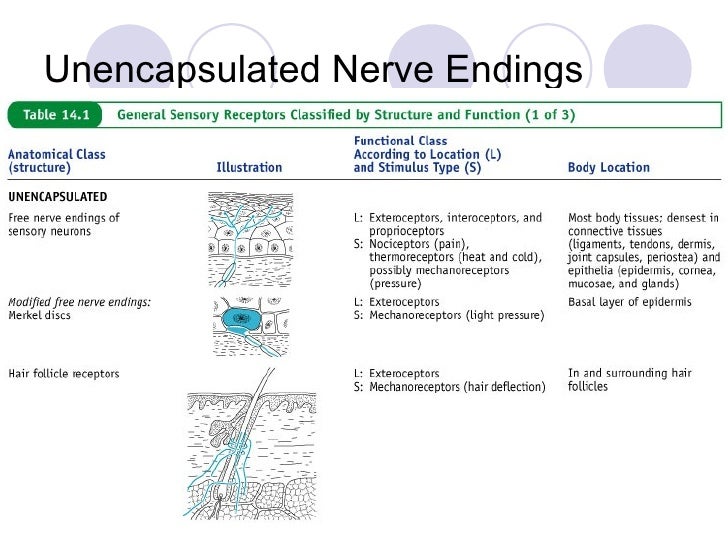

Distinct populations of sensory endings were CGRP-positive. Three distinct classes of varicose nerve endings were found to innervate the submucosa and circular muscle, while one class innervated internodal strands, blood vessels, crypts of lieberkuhn, the mucosa and the longitudinal muscle. These were most commonly a novel class of intraganglionic varicose endings (IGVEs) and occasionally rectal intraganglionic laminar endings (rIGLEs).

Two morphologically distinct classes innervated myenteric ganglia. The greatest proportion of nerve endings was in submucosa (32%), circular muscle (25%) and myenteric ganglia (22%). The characteristics of thirteen types of spinal afferent nerve endings were identified in detail. Seven days post-surgery, the large intestine was removed. Mice were anesthetized, lumbosacral DRGs surgically exposed, then injected with dextran-amine. We have utilized an anterograde tracing technique, recently developed in our laboratory, which facilitates selective labeling of only spinal afferent axons and their nerve endings in visceral organs. The reason why spinal afferent nerve endings have been so challenging to identify is because no techniques have been available, until now, that can selectively label only spinal afferents, in high resolution.
#EXAMPLES OF NERVE ENDINGS HOW TO#
One of the major challenges in visceral organs has been how to identify the different types of nerve endings of spinal afferents that transduce sensory stimuli into action potentials. In mammals, sensory stimuli in visceral organs, including those that underlie pain perception, are detected by spinal afferent neurons, whose cell bodies lie in dorsal root ganglia (DRG).


 0 kommentar(er)
0 kommentar(er)
